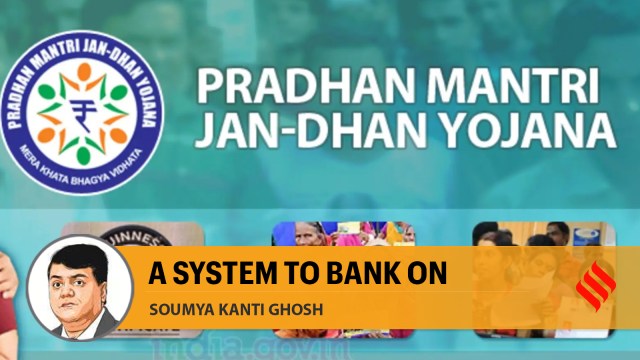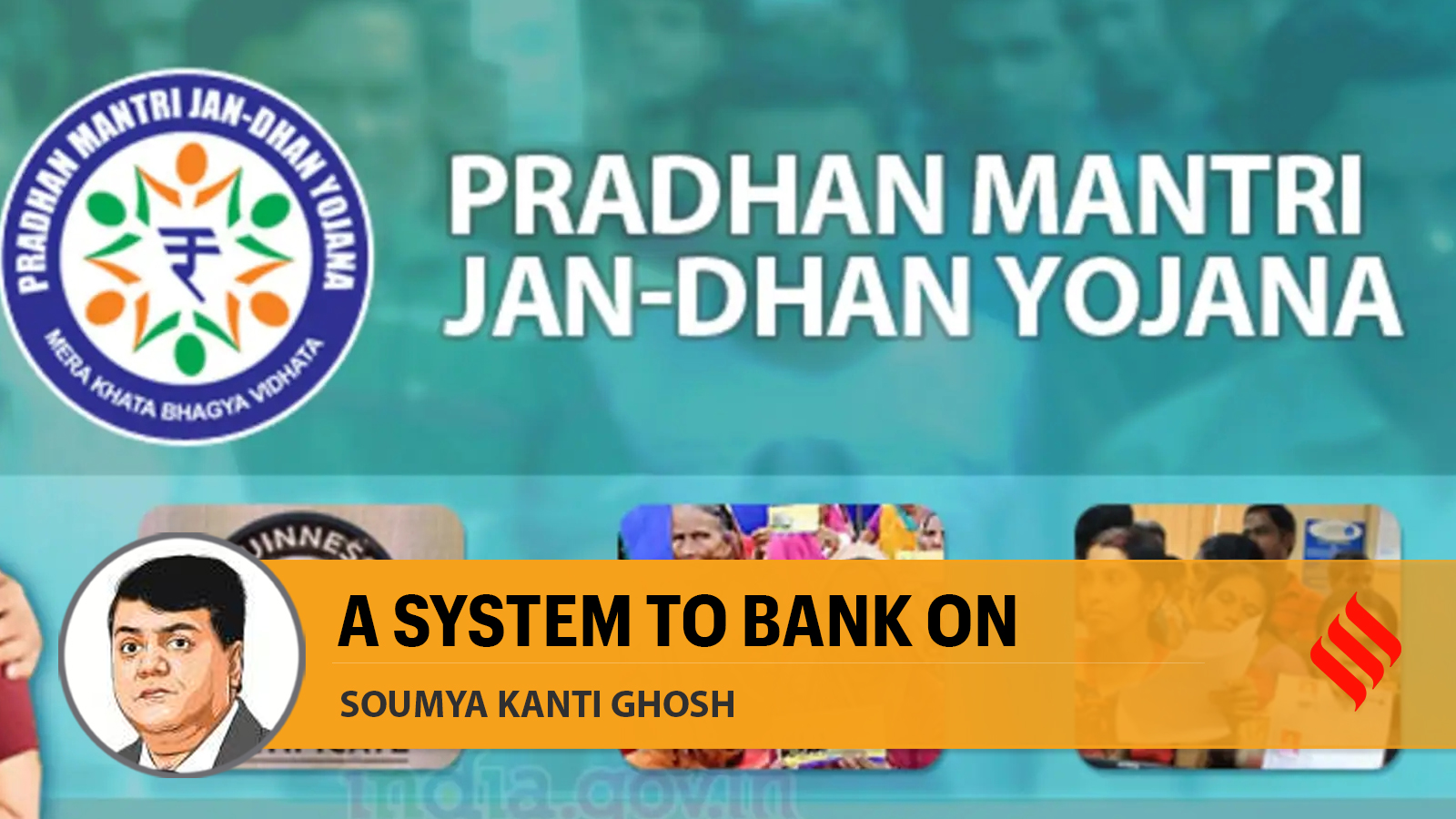
Financial inclusion has been a key tool used by policymakers and governments globally to reduce inequalities, strengthen livelihoods of people at the bottom of the pyramid, and spur growth. For more inclusive growth, the government, on August 28, 2014, took a step to include all unbanked households in a time-bound manner, with the help of technology (the JAM trinity), and devised a mass financial inclusion scheme — the Pradhan Mantri Jan Dhan Yojana (PMJDY). The scheme was devised in two phases to provide banking facilities to 7.5 crore unbanked households.
Today, more than 80 per cent of adults have a formal financial account, compared to around 50 per cent in 2011. India has done exceedingly well, anchoring the financial inclusion drive from a global perspective. The gender gap in account ownership has been significantly reduced through the basic savings bank deposit accounts aimed at individuals (rather than the household approach adopted earlier). So far, banks have opened around 53 crore PMJDY accounts with a balance of Rs 2.31 lakh crore, increasing more than three times from 14.7 crore accounts with Rs 15,670 crore deposits in March 2015. This has largely been led by public sector banks who contribute around 78 per cent of these accounts. The average account balance in PMJDY accounts has jumped over four times to Rs 4,352 in August 2024 from Rs 1,065 in March 2015. If we look at the PMJDY data in detail, 81.2 per cent are operative accounts, 55.6 per cent belong to women and 66.6 per cent are in rural and semi-urban areas. UP has opened the highest number of PMJDY accounts (9.4 crore), followed by Bihar (6 crore).
Jan Dhan accounts not only have many positive aspects like insurance coverage, overdraft facility, and impact on saving habits, they also have social implications. Our research has found that UP, Maharashtra and Haryana have witnessed a lagged impact of the usage of PMJDY accounts and thefts have decreased. West Bengal, Tamil Nadu and Kerala have seen a continuing impact since the beginning, while Gujarat and Karnataka have also witnessed a favourable impact. Additionally, we also observed that there is both a statistically significant and an economically meaningful drop in consumption of intoxicants such as alcohol and tobacco products in states where more PMJDY accounts were opened.
During the last decade, Rs 38.49 lakh crore has been transferred via DBT, and Rs 3.48 lakh crore of leakages have been plugged. Additionally, it has helped in digitalisation, e-commerce and payment systems. As of July 2024, India has recorded a massive 55.7 billion UPI transactions. Going forward, we have identified four major pillars covering both supply-side and demand-side interventions to address the current barriers to financial inclusion.
First, there is a need to strengthen the ecosystem and enablers that drive financial inclusion. We need to focus on promoting private-sector involvement in financial inclusion through partnerships. We need to enhance the capacities of individuals and small enterprises through incubation and imparting financial literacy, and promote gender-inclusive financial services and programmes.
Second, there is a need to increase penetration of financial products and services like micro-insurance and credit in a cost-effective manner. But, overzealousness to provide credit to new PMJDY entrants should not result in over-indebtedness. In this regard, the recently launched Unified Lending Interface will be a game changer in providing credit-products as it aims to make the lending process more efficient in terms of cost reduction, quicker disbursement, and scalability.
Third, we need to focus on strengthening the consumer protection framework to maintain the trust of consumers in new and complex digital products and devise inclusive regulations and policies that maintain a fine balance between protection and innovation.
Fourth, the people who are part of the PMJDY are those who are new to the financial system. Many of them have seasonal and erratic income streams. Many have only a meagre amount to save and their needs are widely different from those of regular consumers. All these necessitate a customer-centric product design, taking into consideration the lifecycle needs of customers at every stage.
The PMJDY account holders have entered the formal financial system after a lot of push and prod and it is imperative that future government programmes explore the interlinkage of PMJDY accounts with beneficiaries of other government schemes to have a holistic approach to continued economic empowerment at the bottom of the pyramid.
The writer is member, 16th Finance Commission, and group chief economic advisor, SBI. Views are personal
© The Indian Express Pvt Ltd
First uploaded on: 28-08-2024 at 07:35 IST



